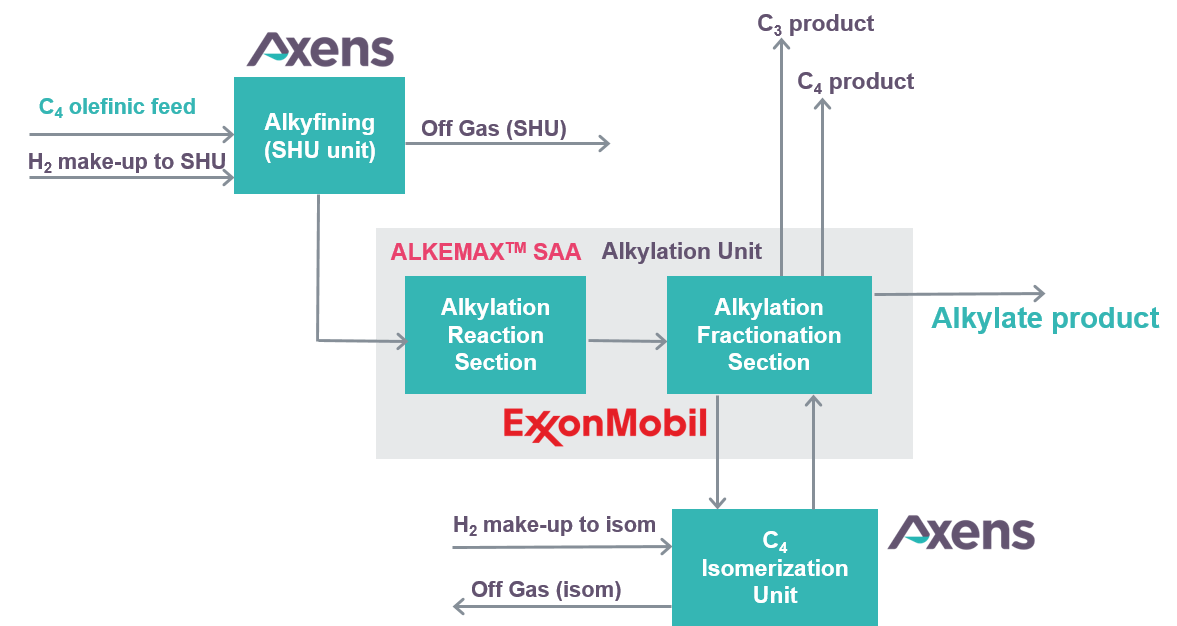MTBE/ETBE
The purpose of the MTBE/ETBE unit is to selectively transform reactive isobutylene from FCC, SC or other olefinic C4 cut into Methyl-Tert-Butyl-Ether/Ethyl-Tert-Butyl-Ether (MTBE/ETBE) by etherification with methanol/ethanol.
Axens MTBE/ETBE technologies are based on a specific concept of expanded catalytic-bed reactors and on a state-of-the-art reactive distillation system called CatacolTM. In addition to overcoming equilibrium limitations, Catacol™ minimizes catalyst cost because, unlike other catalytic systems, Catacol™ does not require proprietary catalyst packaging.
Based on in-depth expertise, Axens provides optimum solutions for every type of application thanks to a very flexible offer, such as Alkylation feed preparation or ultimate conversion with a very high selectivity, which is required for petrochemical applications and especially for the 1-Butene production.
Over 40
references worldwide
99.9 % +
conversion in MTBE mode
Easy catalyst handling
& Low catalyst filling cost
Related Offer
